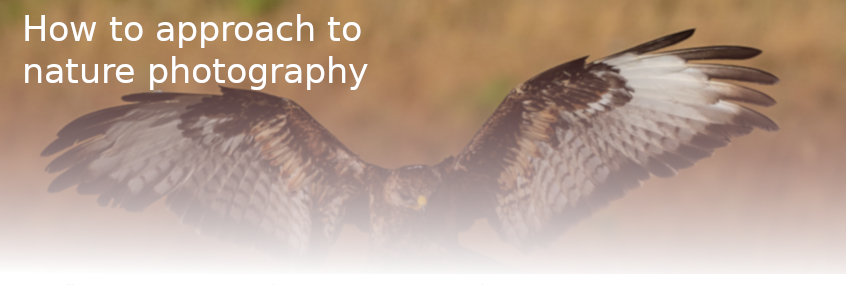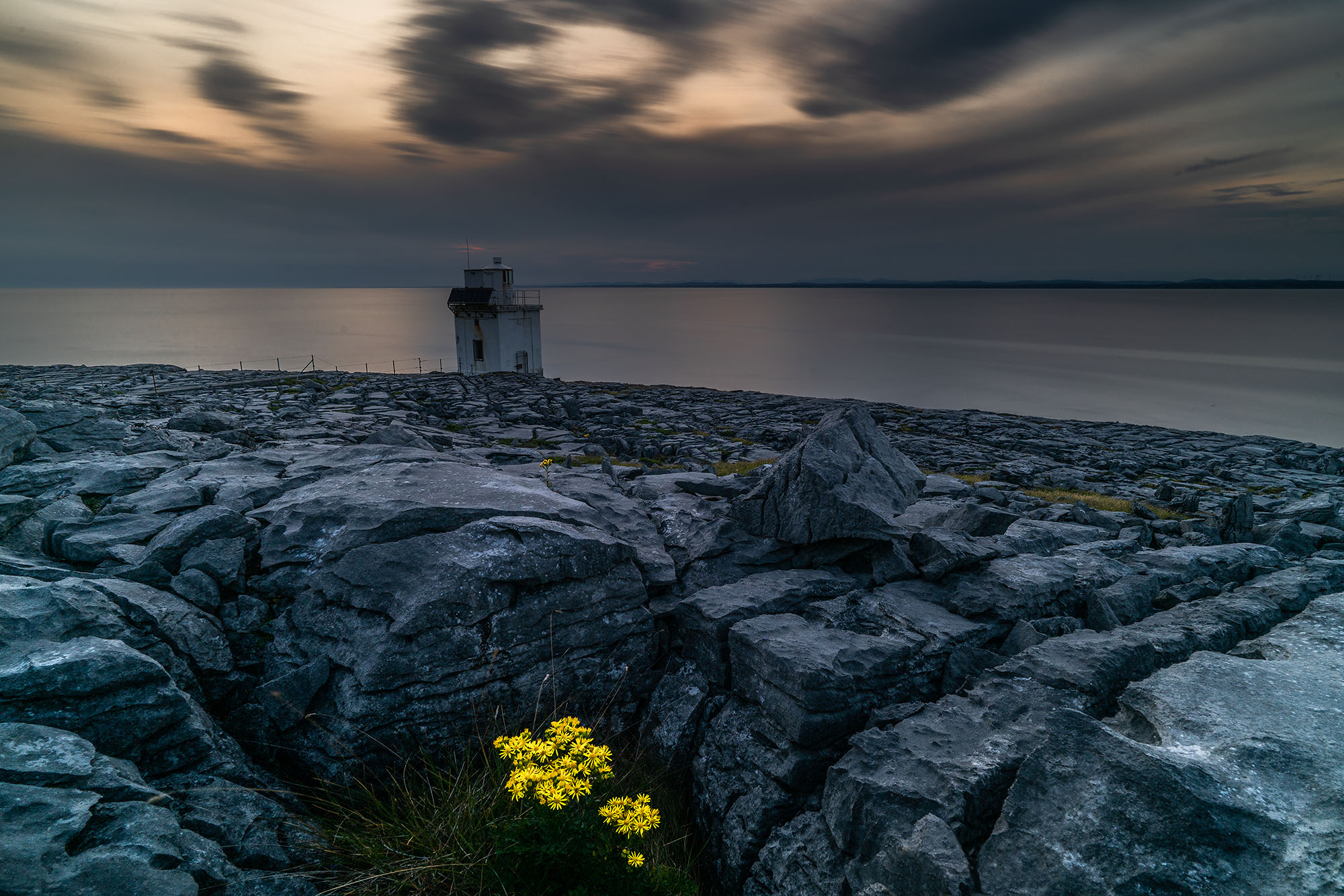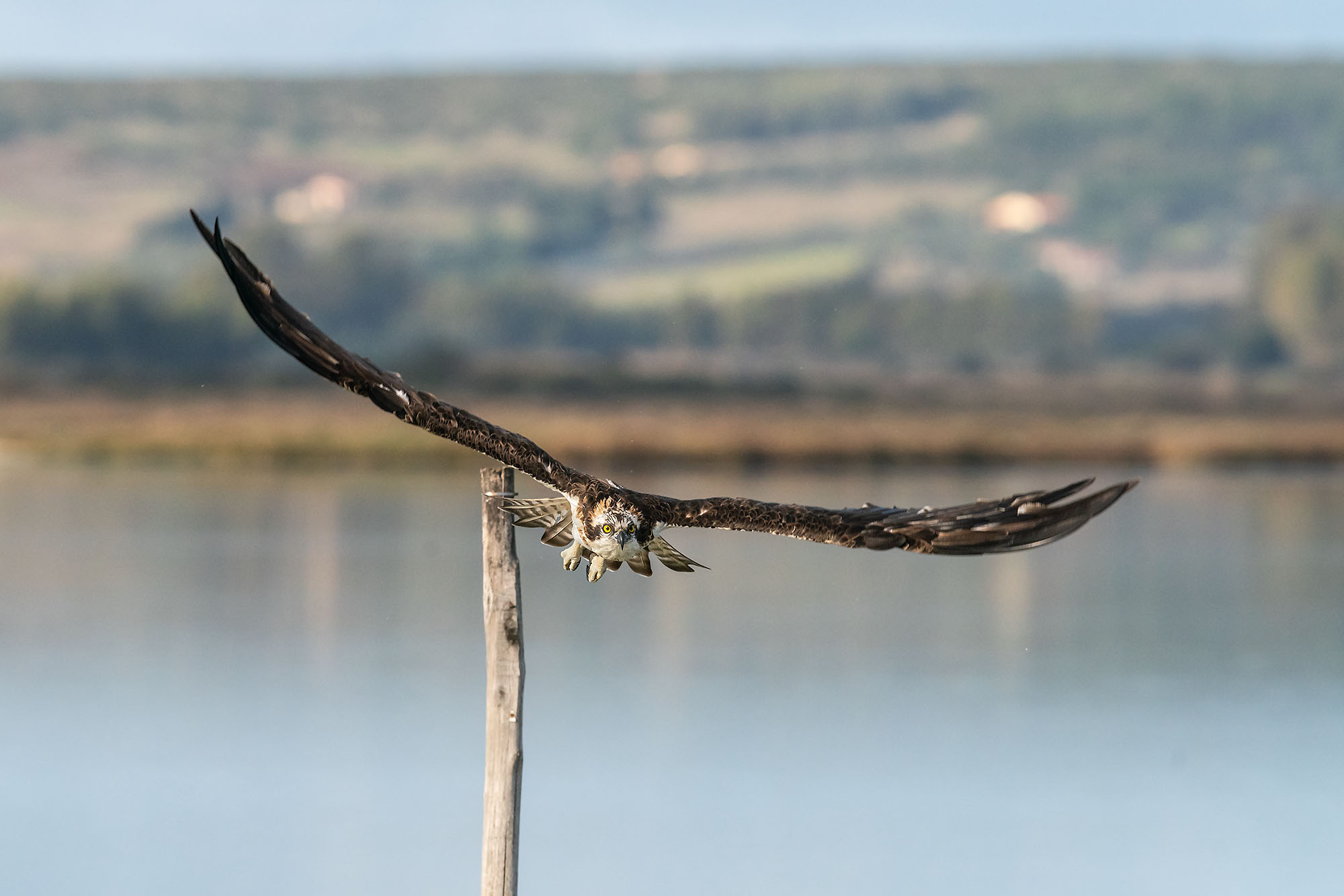
Nowadays nature and wildlife photography are quite challenging, even though on the Net you can find many "How to" in order to achieve your goals. Photographing animals is not simple, due to their erratic presence in the field or due to their distance from cities, in fact they live in very hard environment and often they're difficult to reach. But that only if we're speaking about "top animals", like big raptors, bears, leons/tigers or very elusive mammals.
In these short writings I'm going to show you some trick how to approach wildlifes respecting species, because the nature and wildlife photography must have an ethic to preserve their safety, mostly during the breeding season.
But let's get started!
Where are we?

Yes, to know where we are, where we live is really important because tells you which species you can approach. It's unuseful looking for a white-tailed eagle whether in your country doesn't live one. So the first thing is to understand the fauna of the area where you're living. For example in Sardinia, the italian region where I've been living since 1984, there are many raptors like the common buzzard, the common kestrel, the golden eagle e many other falcon, but some mammals as well. On Internet usually you can find that informations or you can ask to the other nature photographers, if they'll tell you something... Depending on the species, sometimes is easy to find the right place, like a pond or a small lake, or a river as well. Others sources on Internet are forums, so look for some specific forum, better of your country, introduce yourself, and enjoy! Anyway, you have to study your area before to start thinking any pictures, this is really the most important part to begin, even though you are in your private backyard.
What species?

Ok, now you know your area, and you know what species there are, you can choose ones. At the beginning it should be better choice an easy specie, like some water birds. Usually water birds like ducks, herons and various waders are quite easy to photograph. Depending on the area, often you can take some picture staying into a car because birds aren't so scared by cars, but be carefull and not get of from the car, birds will fly away.
What's the best moment?

Let me tell you, but the worst moment is when the Sun in high in the sky and casts an hard light. So the best moment, in my opinion, is during the early morning and in late afternoon when the light is warm. Of course this aspect will affect your way to take pictures, because you'll need a tripod, or at least a beanbag where to put on the camera. So if you want to photograph birds in early morning, you should turn up in the place really, really early, maybe when it's still dark, in order to not being seen from birds, and to prepare your gears (blind, tripod, etc.) in advance.
Cameras, lenses, accessories

This aspect of the nature and wildlife photography is really important, because you have to choose the right equipment. Depending on your subject and the chosen stakeout, the right combination of camera and lense is crucial. Inside a photographic blind, in my opinion, is always better using a tripod, maybe with a gimbal head in order to use even a single hand to shot without worries about keeping the camera with hands, and opening/closing the lock continuosly. But even a classic tripod with a ball-head is good as well.
Personally I'm using Sony cameras and lenses. About the camera the best for animals is the A9 with its really silent electronic shutter that allow you to shoot without any noise, and without getting animals in trouble. Currently I've got only two telephoto lens, an old Sony 300mm f/2.8 SSM II (A-Mount) that I use it with the LA-EA3 adapter, and the new Sony 100-400GM. This second one is really versatile, fast enough and pretty light to carry on everywhere. Then I've got a carbon tripod with a gimbal-head when I stay in a blind, or a lighter carbon tripod when I go in the field. Another useful accessory is the remote control, in order to not make any shake in the camera during the shooting.
A final, but not least, aspect is clothing. On winter, you should be aware that staying in a blind for many hours could be really cold, so put on a really warm clothes, and don't forget gloves and a cap. Also on summer is useful having a light jacket, often in damp days.
Conclusion
This is only an introduction and I hope it'll be interesting for who, like me, loves nature and wildlife, so see you soon, and if you want to write me, do it at This email address is being protected from spambots. You need JavaScript enabled to view it..
Bye!!
What do you think?
Send us feedback!



